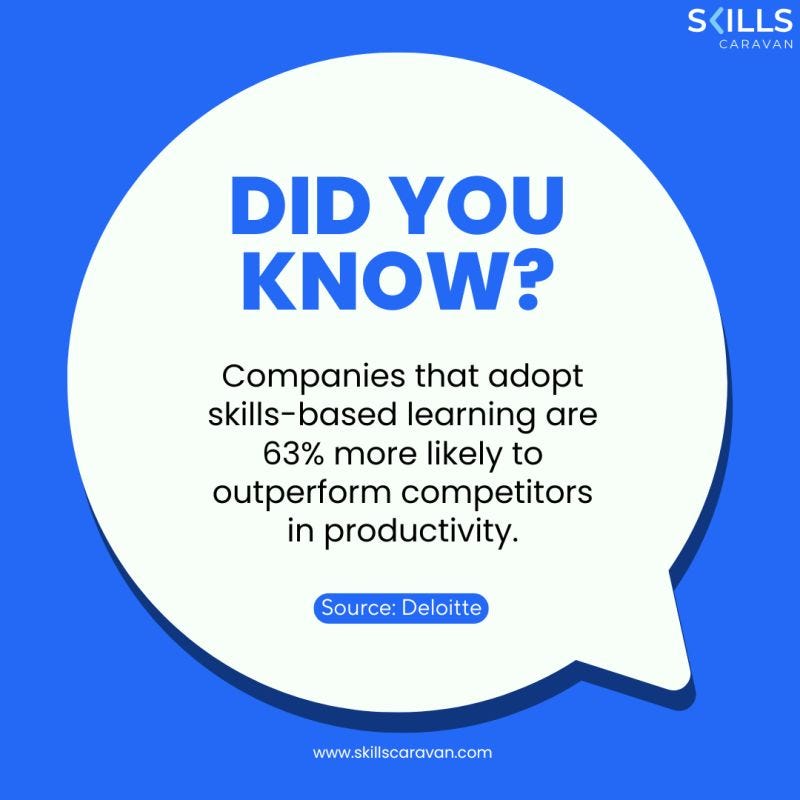How Onboard LMS Streamlines Employee Onboarding for Faster Productivity
In today’s fast-paced business environment, the ability to onboard new employees quickly and effectively is a significant competitive advantage. Traditional onboarding methods — paperwork-heavy, manually driven, and inconsistent — can no longer keep pace with the needs of modern organizations. This is where a Learning Management System (LMS) like Onboard LMS proves invaluable. Designed specifically to optimize and automate the onboarding process, Onboard LMS streamlines employee onboarding while accelerating time-to-productivity and improving overall workforce efficiency.
Why Employee Onboarding Matters
Before diving into the mechanics of how Onboard LMS enhances onboarding, it’s important to understand why onboarding is such a crucial function.
Research shows that effective onboarding:
- Increases employee retention by up to 82%
- Boosts productivity by over 70%
- Enhances job satisfaction and employee engagement
- Reduces time-to-competency
Given these statistics, it becomes clear that investing in the right tools for onboarding is not just beneficial — it’s essential. And that’s where LMS streamlines employee onboarding into a more structured and scalable process.
What is Onboard LMS?
Onboard LMS is a cloud-based learning management system that centralizes all your onboarding processes into one easy-to-manage platform. Whether you’re a startup scaling up or a large enterprise with complex training needs, Onboard LMS offers customizable features that align with your organizational goals.
Key features include:
- Interactive onboarding modules
- Preboarding capabilities
- Compliance training
- Real-time progress tracking
- Integration with HR tools like ATS and payroll systems

1. Centralized Learning Hub
With Onboard LMS, all learning materials — videos, PDFs, quizzes, and interactive guides — are stored in a centralized location. This eliminates the need for emails, paper-based forms, and disconnected resources. New hires can access everything they need from a single platform, reducing confusion and delays.
Why this matters: A centralized hub ensures consistency across departments and regions. Whether your new hire is remote or on-site, their learning experience remains uniform and efficient.
2. Preboarding: Get a Head Start
One of the unique features of Onboard LMS is its preboarding functionality. Even before the first day, new employees can log in to the LMS to complete necessary documentation, review company policies, and engage with welcome messages or videos from leadership.
How LMS streamlines employee onboarding here: By allowing new hires to complete mundane but essential tasks ahead of time, Onboard LMS enables employees to hit the ground running on Day 1.
3. Structured Learning Paths
With Onboard LMS, HR and L&D teams can create role-based learning paths that deliver relevant content to each new hire based on their department, role, or location. These paths can include timelines, mandatory modules, and skill checkpoints to ensure consistent progress.
Impact on productivity: Employees receive targeted training that aligns with their job responsibilities, minimizing time wasted on irrelevant materials and maximizing learning retention.
4. Automated Workflows and Reminders
Manual follow-ups and email chains are inefficient and error-prone. Onboard LMS solves this by automating key workflows. For example, the system can send reminders to complete compliance training, trigger manager check-ins, or generate certificates upon module completion.
Why this matters: Automation removes the burden of micromanagement from HR teams and ensures nothing falls through the cracks — another way LMS streamlines employee onboarding and reduces administrative bottlenecks.
5. Real-Time Progress Tracking
One of the major benefits of using an LMS like Onboard is real-time data. Managers and HR professionals can monitor progress across individuals, teams, or departments. This allows for timely interventions if someone is falling behind or struggling with specific modules.
The result: Faster identification of learning gaps and tailored support, leading to a quicker ramp-up in productivity.
6. Scalability for Growing Teams
As companies expand, onboarding hundreds of employees manually becomes unsustainable. Onboard LMS is designed to scale seamlessly, allowing organizations to onboard thousands of employees with the same level of efficiency and consistency.
This is where an LMS truly shines: Whether you’re onboarding 10 or 1,000 people, the process remains smooth and standardized.
7. Enhanced Engagement and Retention
Engaging onboarding experiences lead to more motivated employees. Onboard LMS offers gamified learning, interactive videos, and social learning forums that keep new hires involved and invested.
Why this is important: Higher engagement in onboarding is directly linked to better job performance and lower attrition rates. Once again, we see how LMS streamlines employee onboarding while fostering long-term loyalty.
8. Compliance and Documentation
Every company must comply with industry standards, legal regulations, and internal policies. Onboard LMS ensures that compliance modules are completed on time and stored with accurate timestamps, making audits and reporting effortless.
Risk mitigation: Automating compliance through LMS prevents costly errors and legal liabilities while maintaining a complete training audit trail.

Comments
Post a Comment